Manoj Mehta looks at the new challenges India encounters even as the government rolls out new schemes and new projects. He addresses pivotal questions and speaks of the global challenges the economy faces at this historical moment.
The Indian economy stood out as the lone shining star during 2015 when countries across the world struggled to improve or even sustain growth rates. At 7.5% rates for the financial year 2015 – 16, the GDP growth rate of India will be the highest in the world. And so, the I in BRICS, is much superior to the other economies like Brazil, China, Russia and South Africa. The world sees India as a star performer.
This is being reflected in the foreign trade sector where key export products like readymade garments, auto components, drugs and pharmaceuticals, ceramic products and glassware, tea and coffee have registered positive growth despite severely adverse conditions in global markets that saw trade volumes actually decline across the world. Exports from India has declined in line with the global trend; but most of the decline was in the account of oil, petroleum products and the gems and jewelry sectors. Market analysts concede that registering positive growth rates during a severe global recession is a creditable achievement.
The Department of Commerce took a series of strategic steps in 2015 to ensure that India marches successfully on the path to achieve two key targets:
First: To increase the value of India’s exports of merchandise and services to USD 900 billion by 2019-20
Second: To increase the share of India’s exports in global exports from about 2% at the moment to 3.5% in the same time period.
The most significant strategic step was the release of the New Foreign Trade Policy. The policy has taken a holistic and strategic view of the foreign trade sector and sought to match its strategic focus with notable and ambitious government initiatives like Make In India, Digital India and Skill India.
As Minister of Commerce Nirmala Sitharaman often pointed out at various public fora in 2015 that success in exports is one of the keys to the success of Make In India. The government led by Prime Minister Narendra Modi is determined to increase the share of manufacturing in the country’s GDP to close to 25% in one decade. That will happen only when there is a sustained increase in exports. Global economic conditions are adverse at the moment; but when growth recovers, the New Foreign Trade Policy will provide the necessary momentum to Indian exports. It is for this reason that the thrust of the new policy is on Ease of Doing Business and Trade Facilitation.
The new policy, for the first time ever, not only describes the market and product strategy envisaged and the measures required not just for exports promotion, but also for the enhancement of the entire trade ecosystem. All procedures and regulations have been simplified. The number of documents required for exports and imports have been reduced from 7 and 10 respectively to three. Most of the required procedures have been taken online to facilitate both exports and imports. More than 20,000 entrepreneurs have been trained by DGFT regional offices under the Niryat Bandhu Scheme. Besides, 108 MSME clusters were identified and 150 outreach programmers were conducted across these clusters. These initiatives will undoubtedly create a new ecosystem for a sustained increase in exports.
Institutions like ECGC Ltd (formerly known as the Export Credit Guarantee Corporation ever since it was established in 1957) now play a crucial role in the promotion of exports, particularly at a time when adverse situations afflict many exports destinations. The clear vision of ECGC is: You focus on exports; we cover the risks.
Some of these topics were discussed during the AIFMP governing council meet in Kolkata, last week. The mandate was clear. The onus is on India. This is India’s moment.
Manoj Mehta is the chairman of the export promotion council at the All India Federation of Master Printers (AIFMP)



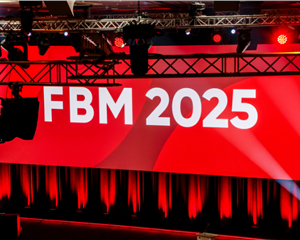

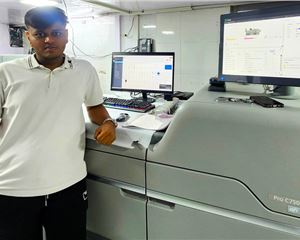
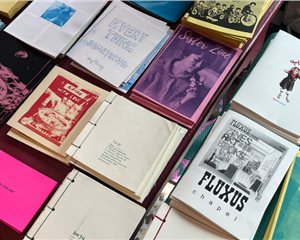
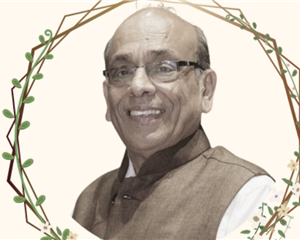
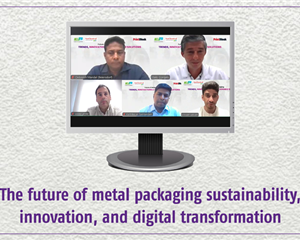

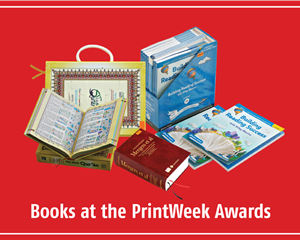
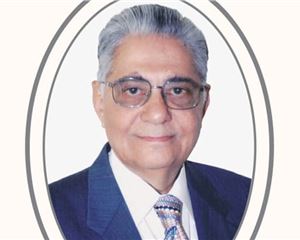
 See All
See All